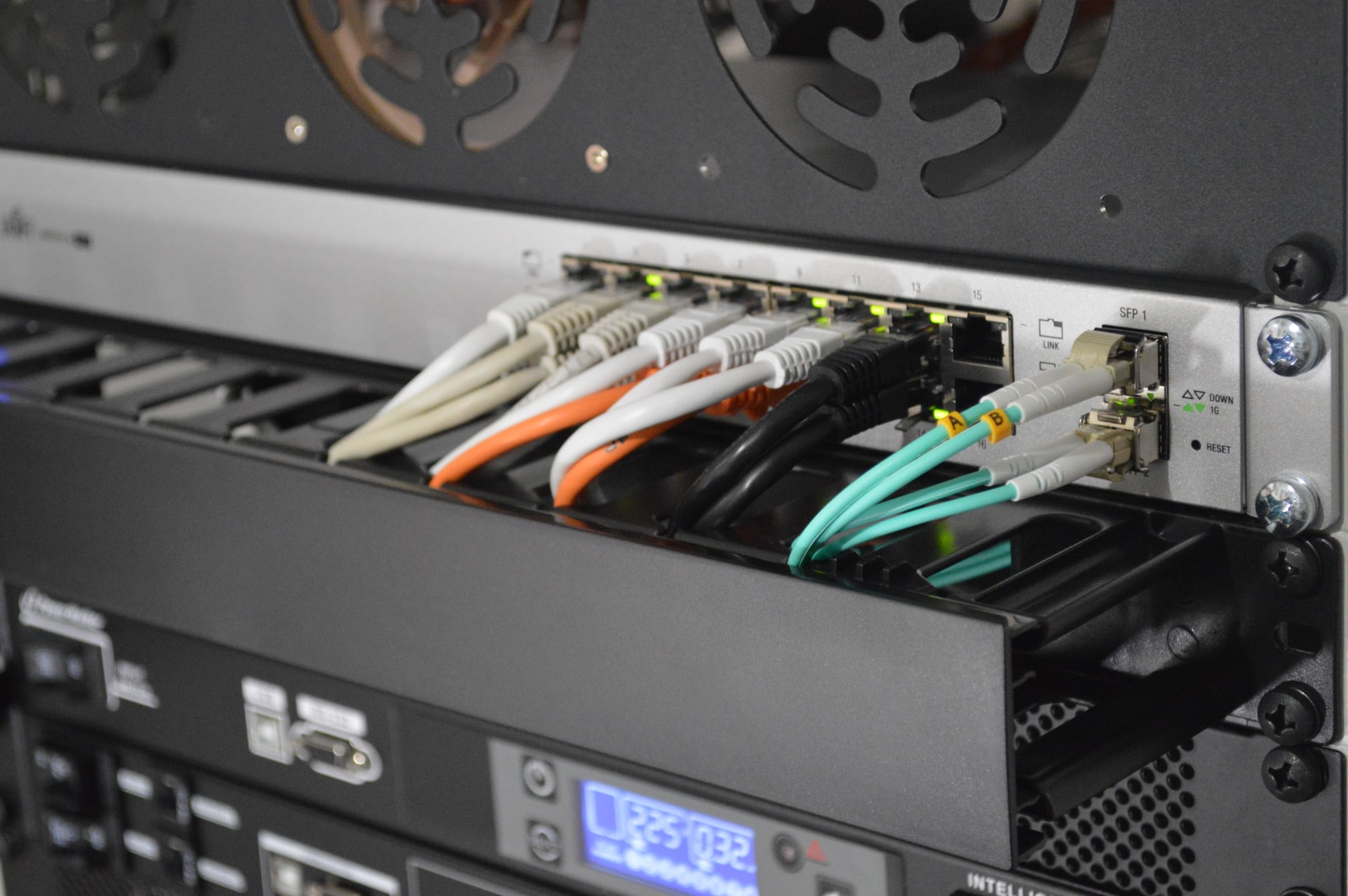
As the speed of internet considers to evolve, so are the ways of delivering internet to your business continuing to change and improve. At the moment, there are a few main ways to deliver internet to your business. One of the ways is through fiber optic cables and another way is through copper cables. In this passage, we will go over the similarities and differences of fiber vs cable internet.
What Is Fiber Internet?
Fiber internet is using fiber-optic cables to deliver the internet. Inside a fiber optic cable there are many glass strands that are almost as thin as human hair stands are. Inside each glass strand there is a core at the center through which light travels. Light pulses through this core to transmit and deliver data. This light travels at a rate of about 124,188 miles per second, which makes fiber optics internet one of the fastest ways of internet delivery.
What Is Cable Internet?
Meanwhile, cable internet uses copper cables to distribute internet to its user. Usually there is a solid copper strand at its core. This core is then surrounded by a few layers of metal tape or braids to shield it. Information is transmitted through an electrical signal that is sent through the core.
Fiber vs Cable In Speed
Although both methods are highly effective when it comes to delivering internet, the speeds do vary. Electricity travels at about 90% of the speed of light. Therefore, data transfers through the fiber optic cables at a much faster rate than it does through the copper cables. In fact, latency in cable is higher at around 100 milliseconds, while the latency in fiber internet is lower at around 17 milliseconds.
Fiber In General
Fiber and cable are both very reliable internet distributors. Each have stood the test of time and proved to be valuable. But each also has their own pros and cons.
For example, fiber-optic cables deliver at much faster speeds since they transmit data through light pulses. Also, the fiber-optic cables are much thinner than copper coaxial cables are. As a result, you need fewer fiber cables for the same amount of bandwidth than you would with copper cables. This takes less time to install and needs less space. At the same time, thinner strands are more at risk to a breakage. This makes installation costs for fiber cables a lot higher than the initial installation costs of copper cables are.
Another thing to keep in mind is that if even one strand does end up breaking in a fiber-optic cable then there will be a significant impact to the broadband now received. The same one band that was able to source internet for multiple businesses and individuals simultaneously will now leave them all stranded without internet until replaced or repaired.
A Little More About Cable
Copper cables have been used since the beginning of the internet and TV days, and they are still being actively used to this day. As a result, they remain an ideal choice for most internet-and-TV packages. They are also quite affordable. Due to the low copper costs, easy coax cable installations and great durability the initial installation investment goes a long way. Electricity travels fast, so of course cable provides fast internet that is perfect for businesses that are small and medium-sized.
However, since copper cables do in fact work because of electricity, any electrical outages will directly affect its function. But since it is already extensively spread out all over most of the country, its constructed infrastructure makes it quite a reliable producer.
Fiber vs Cable: Which One Is Best for Your Business?
Depending on your business internet needs, out of fiber vs cable, one will most likely be better than the other for you. Find out today which is better for you by comparing all internet service providers (ISPs) for your business address. Compare all speeds, costs and fees at TELECOM.LIVE.





